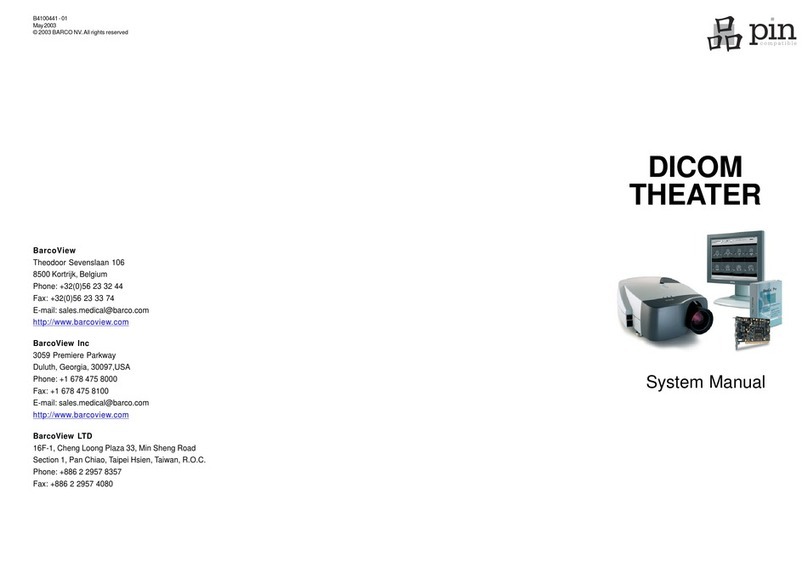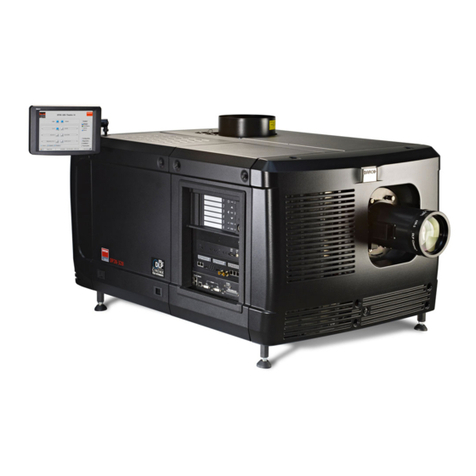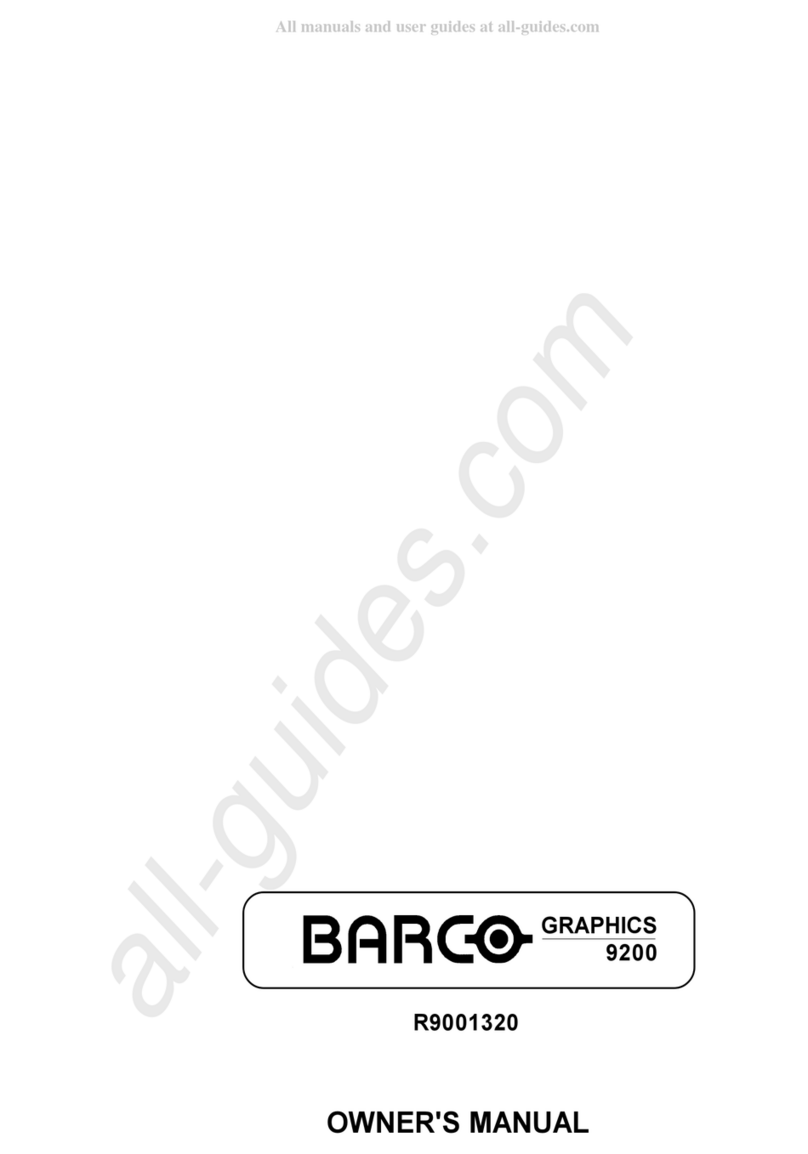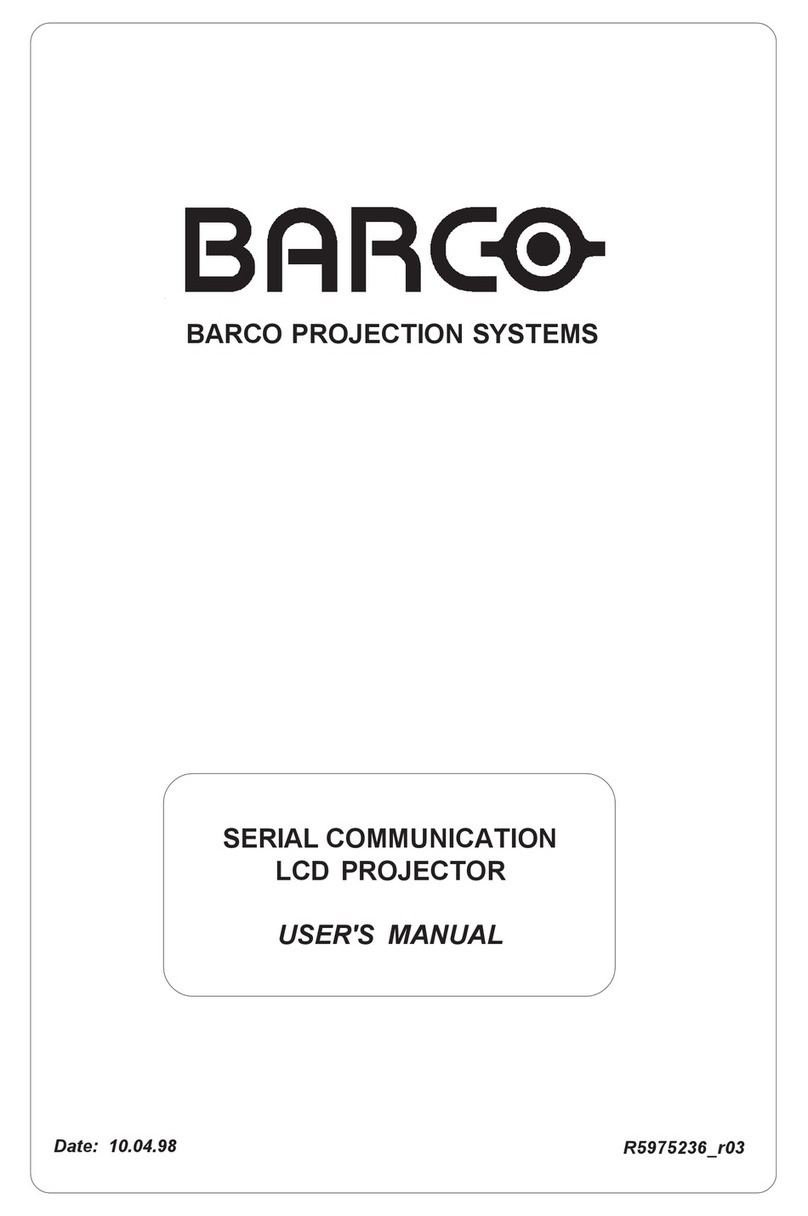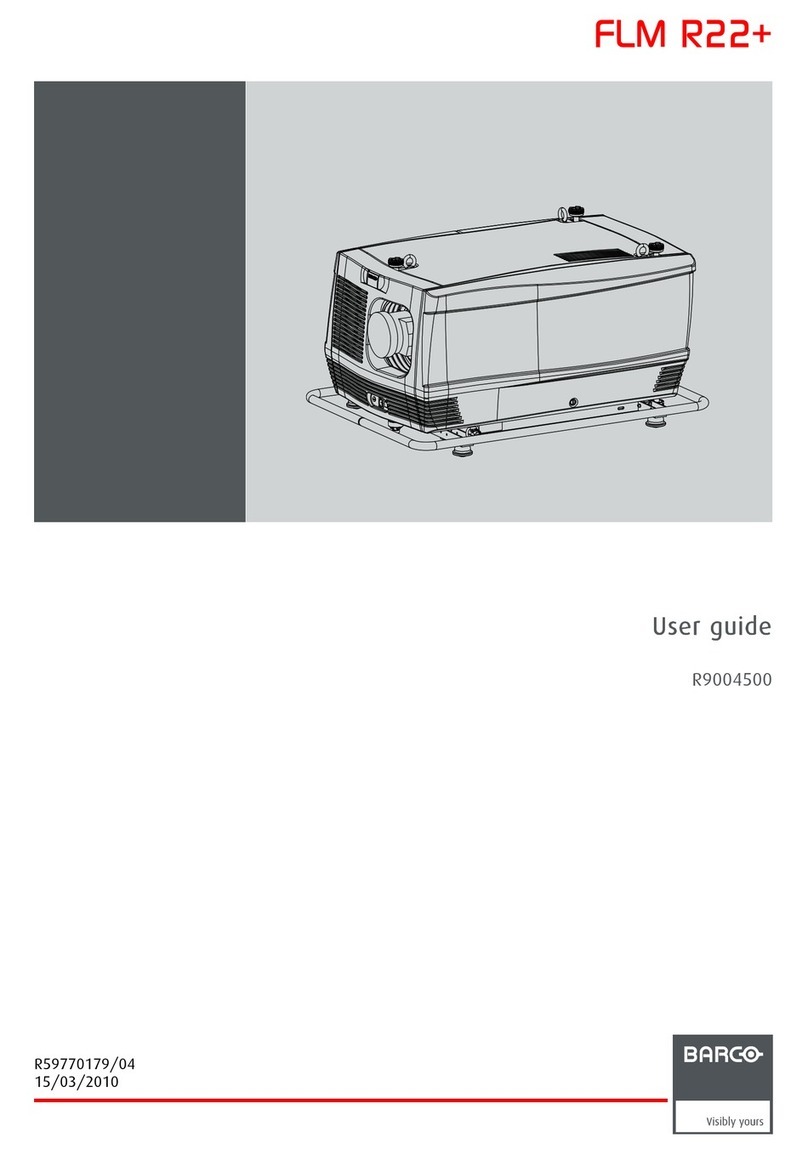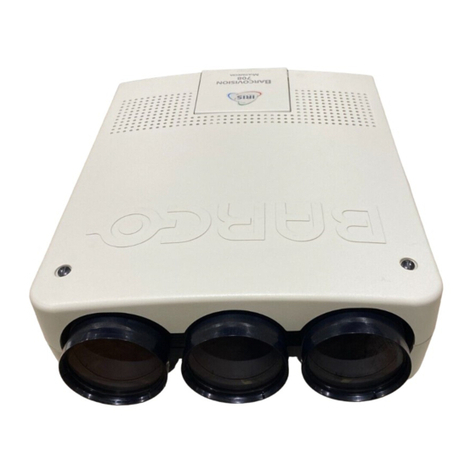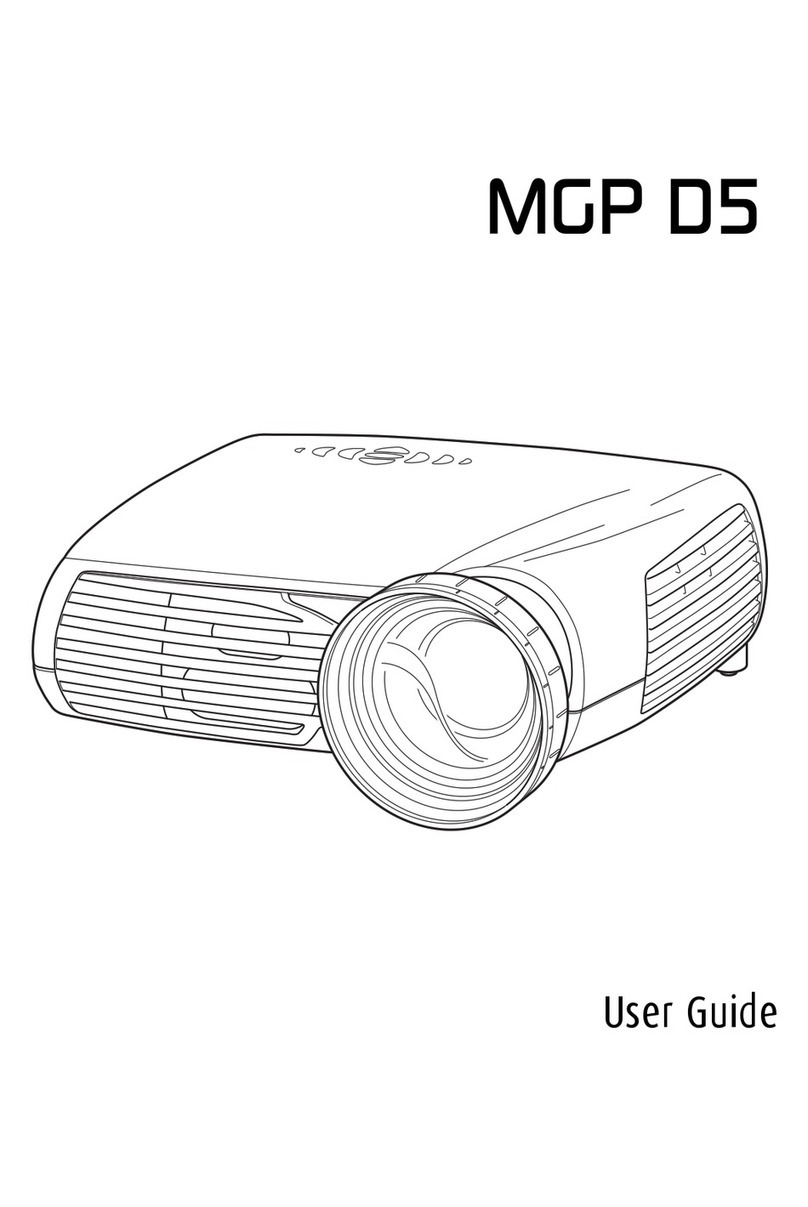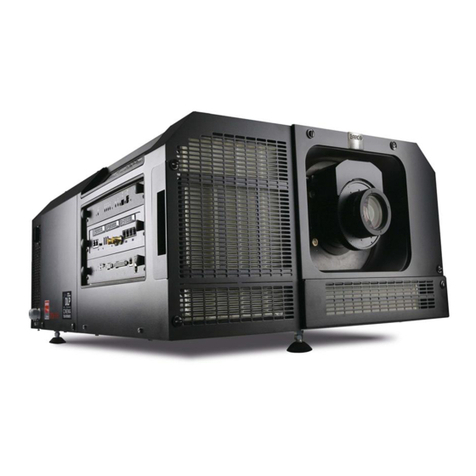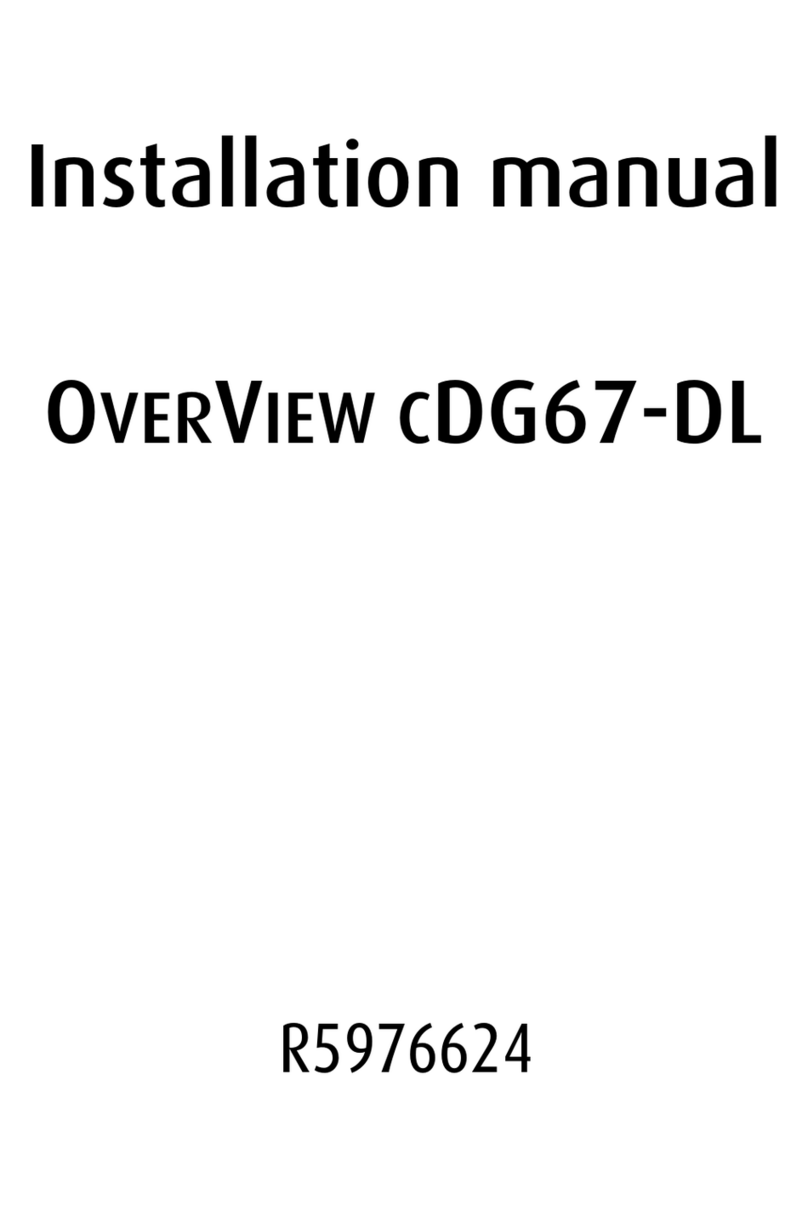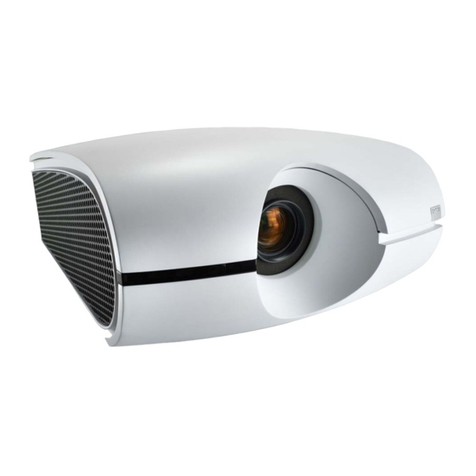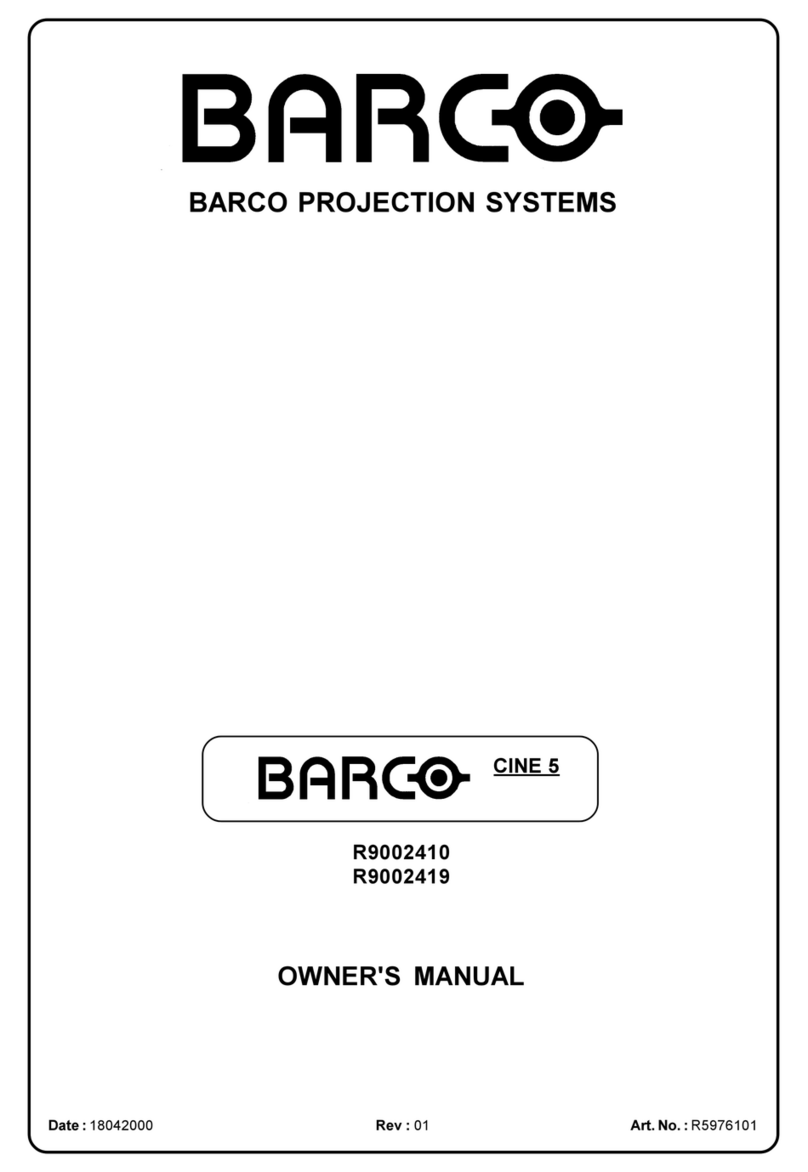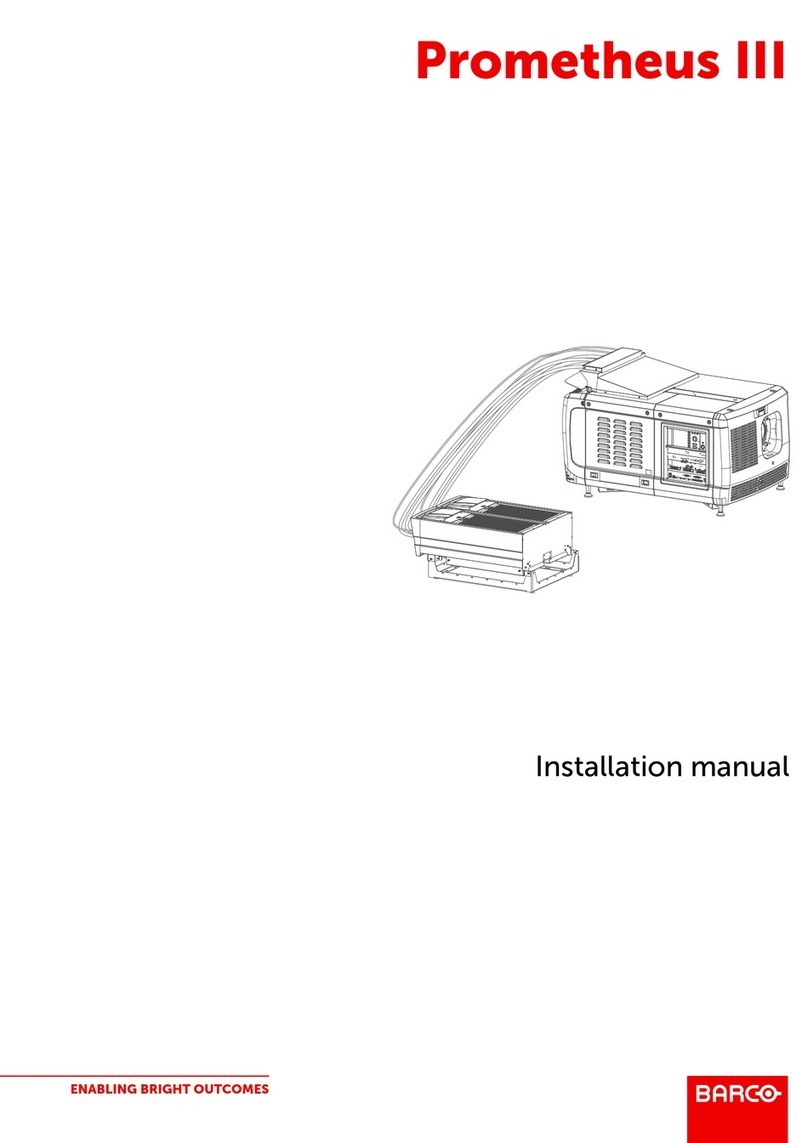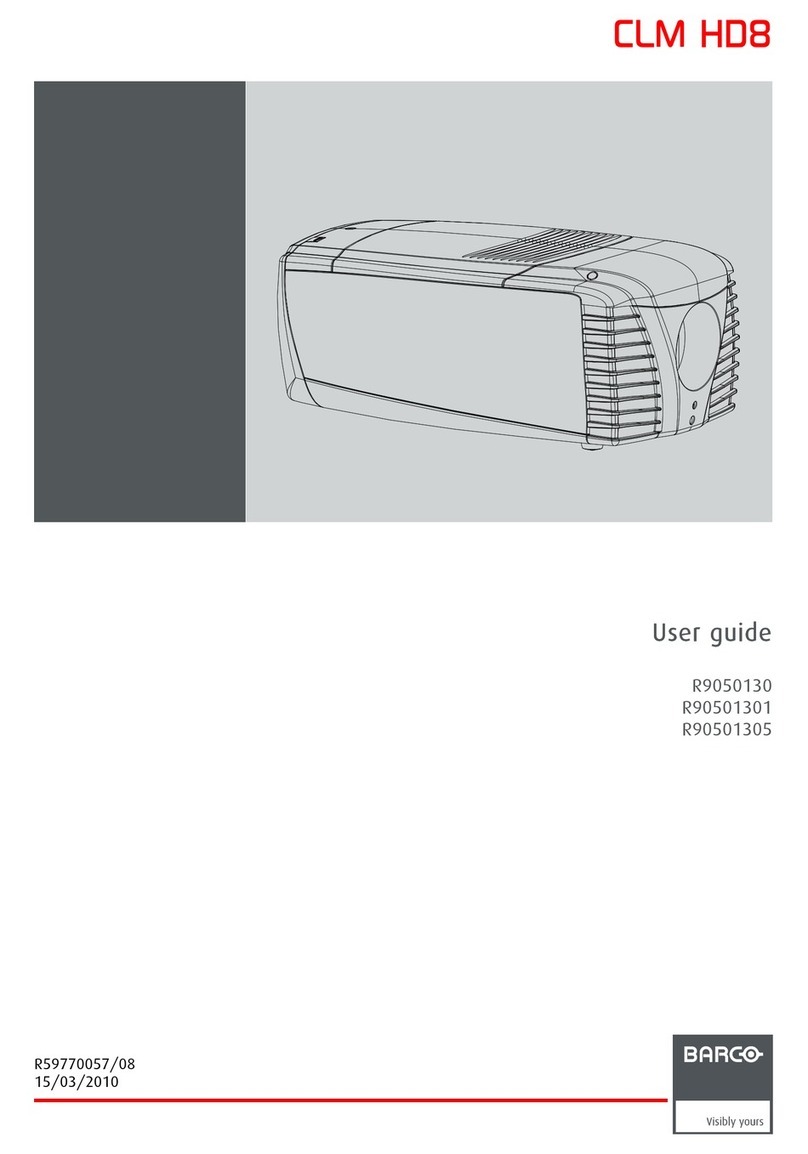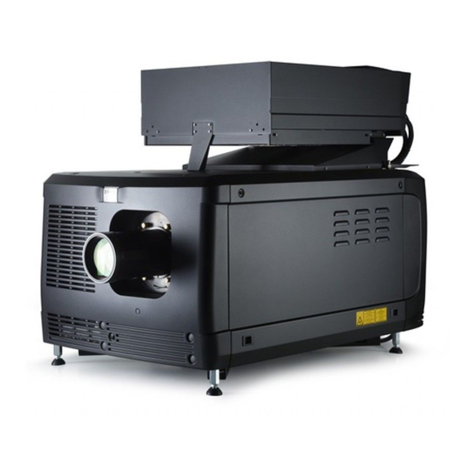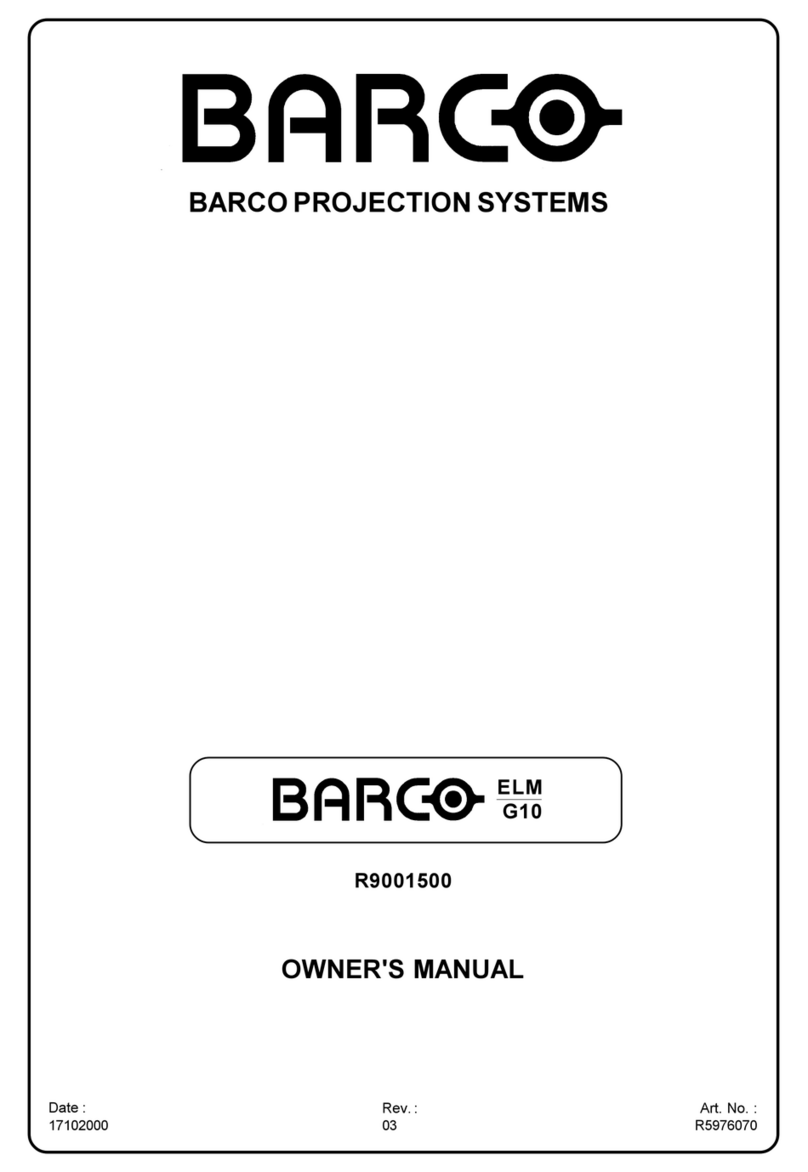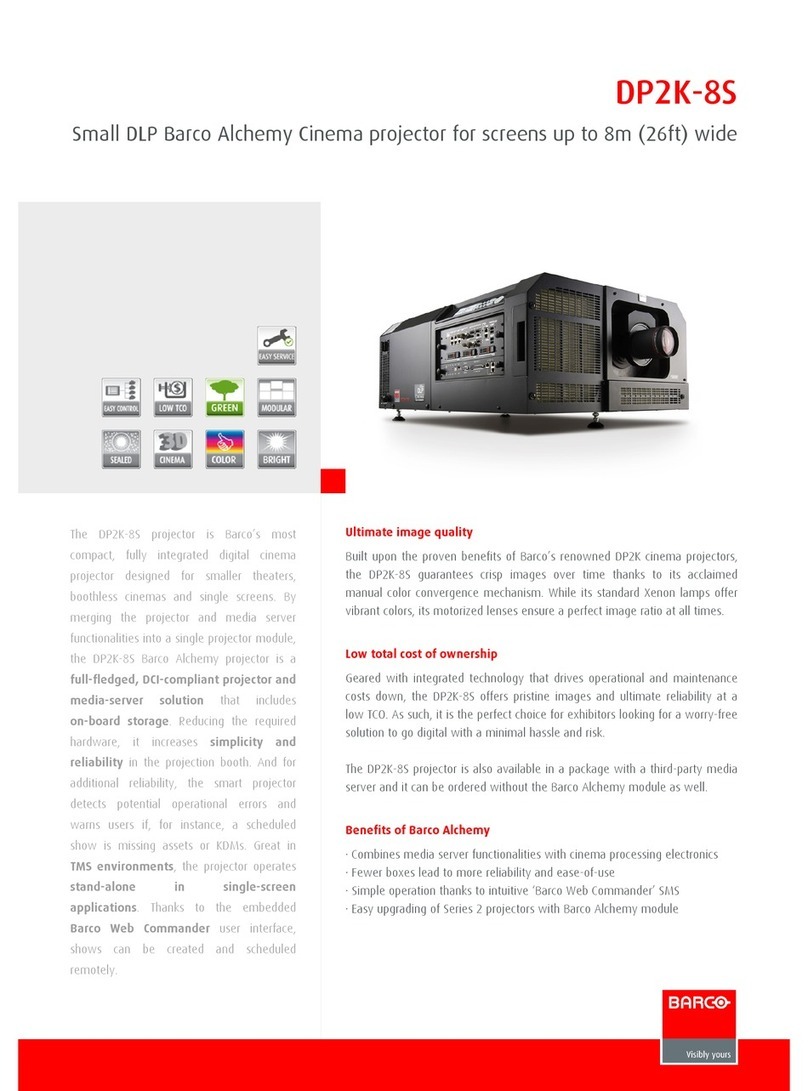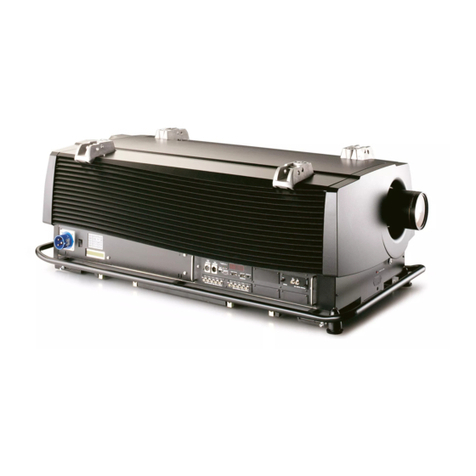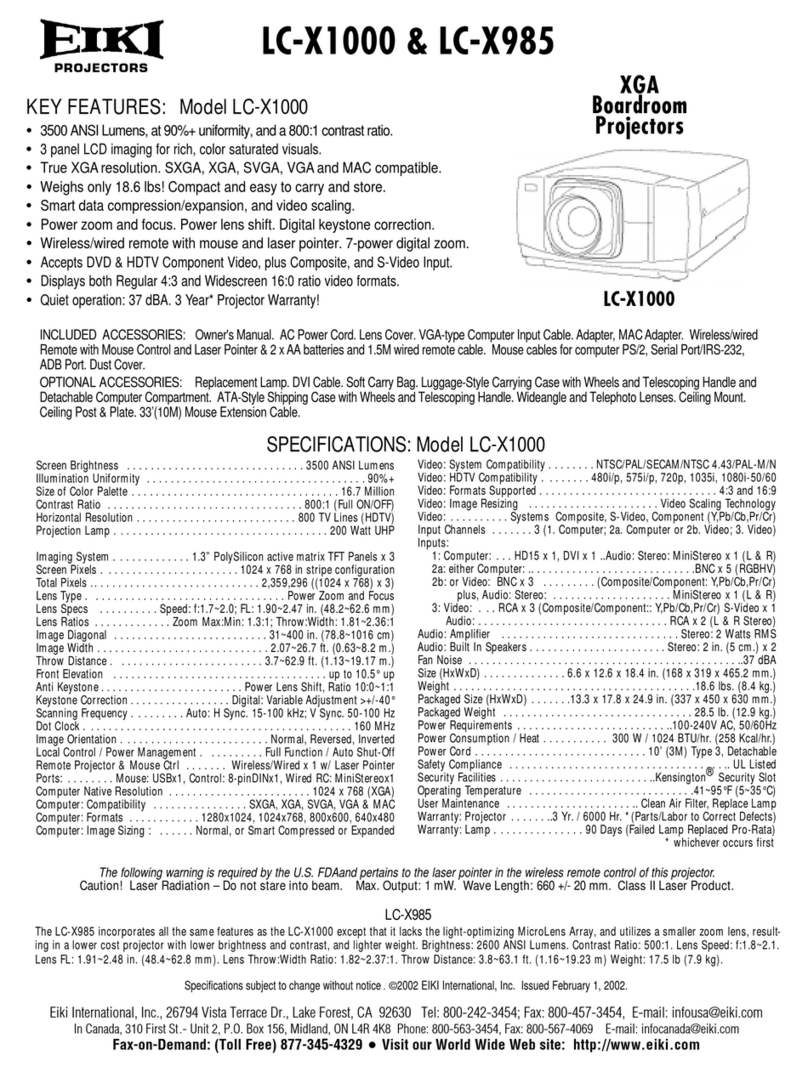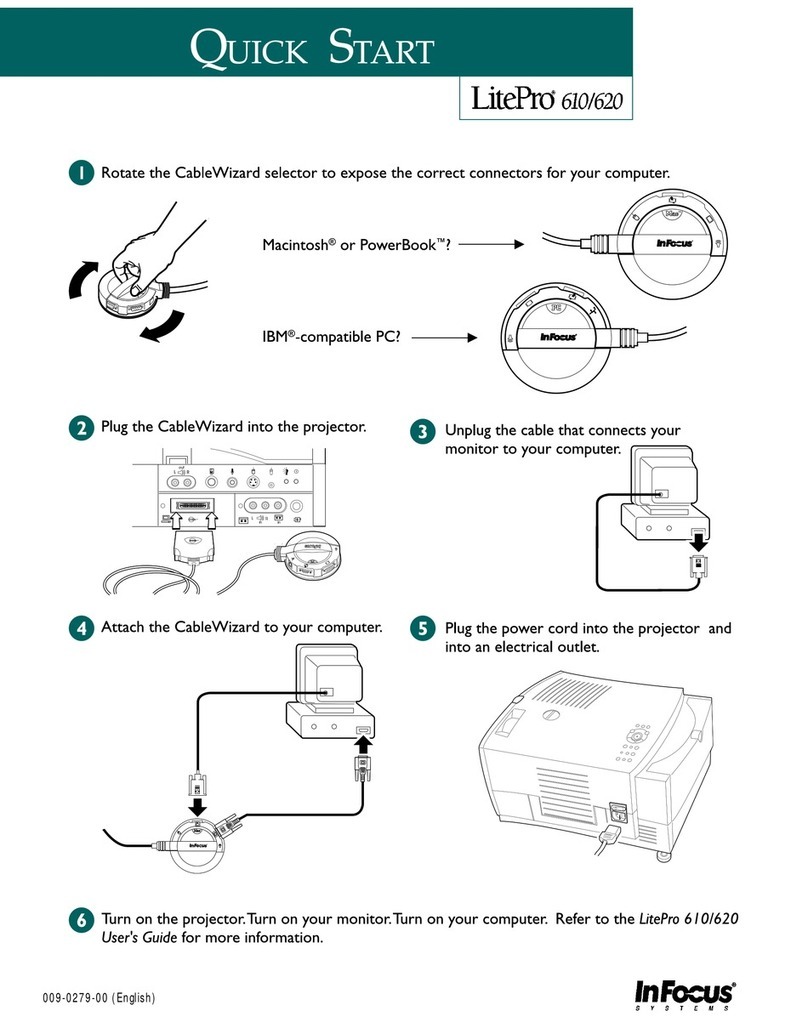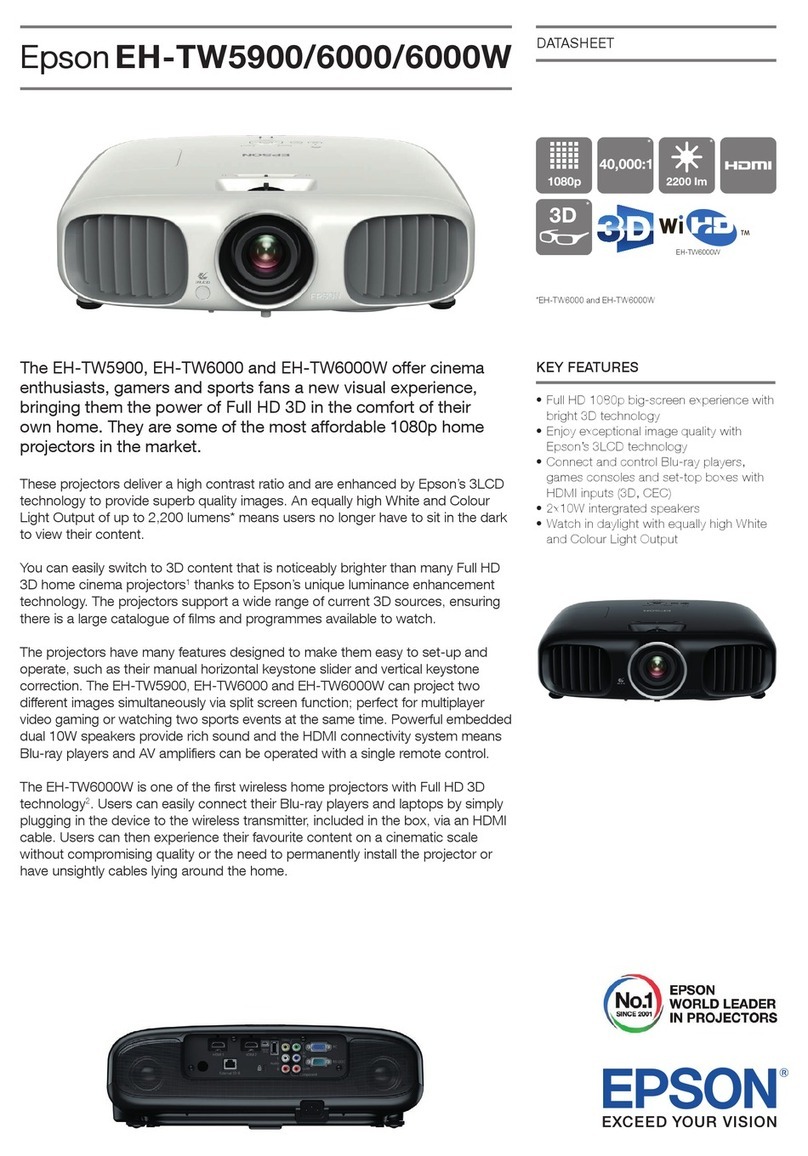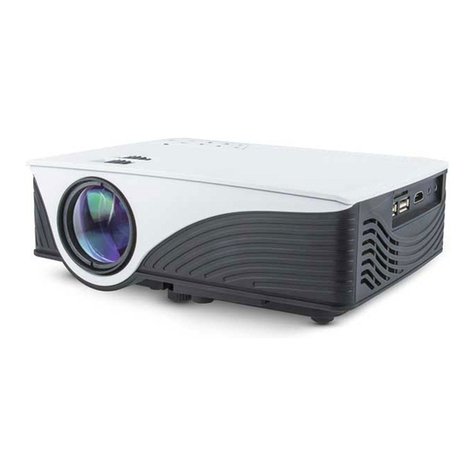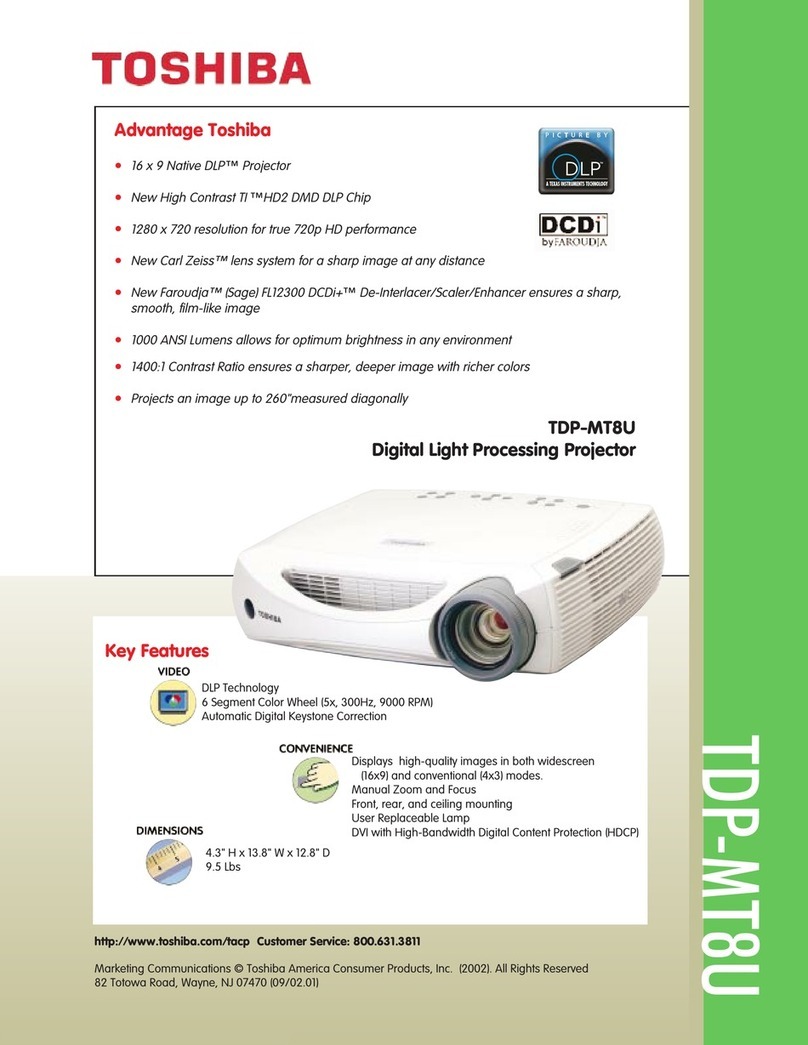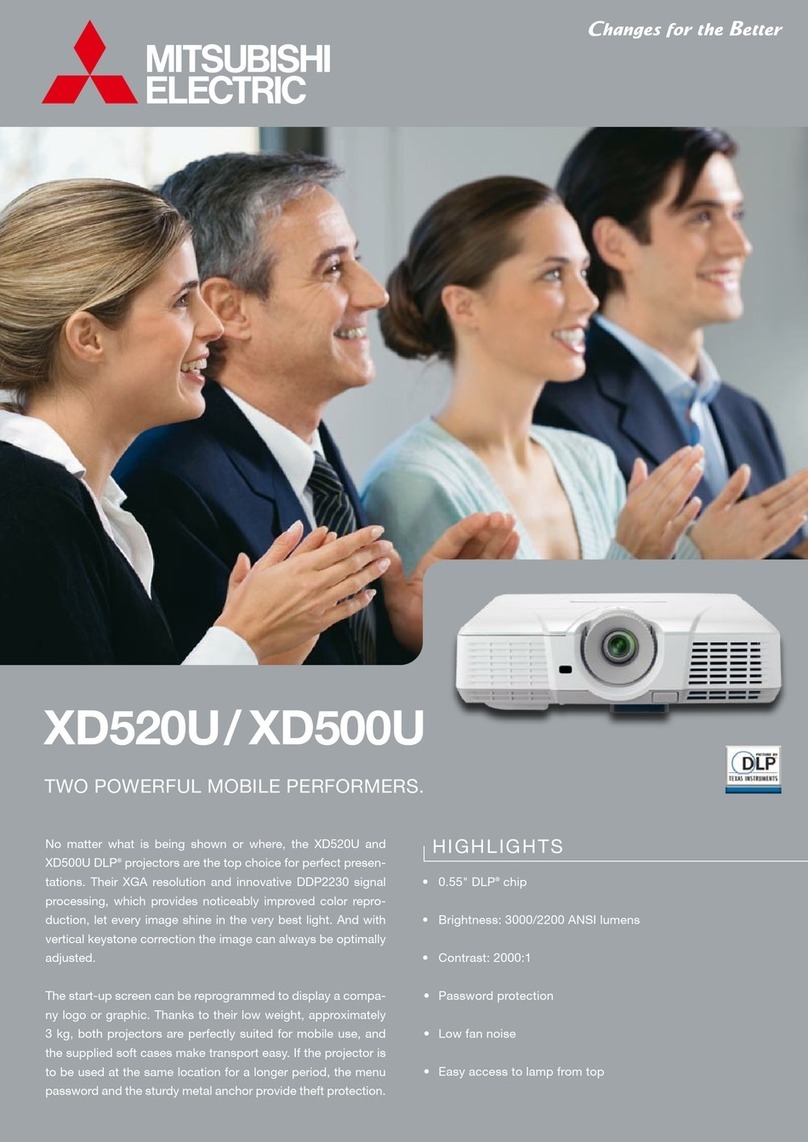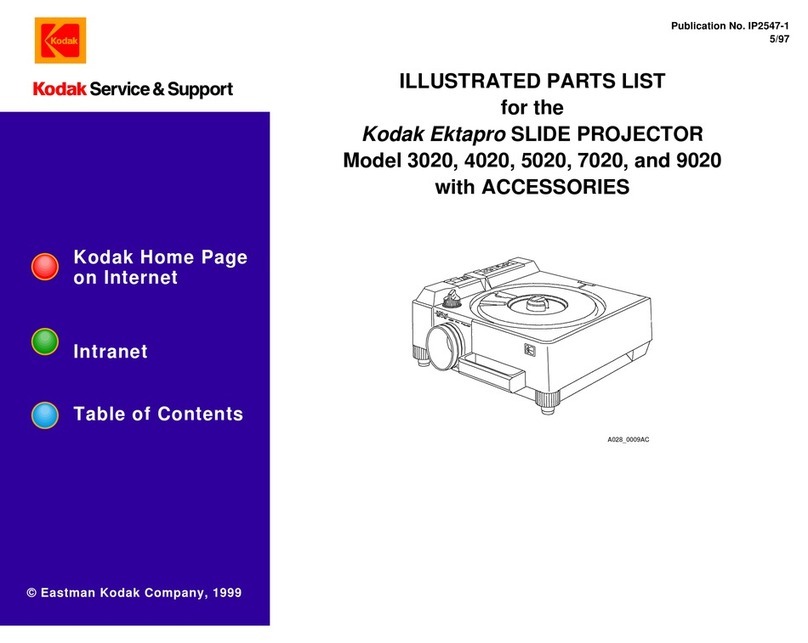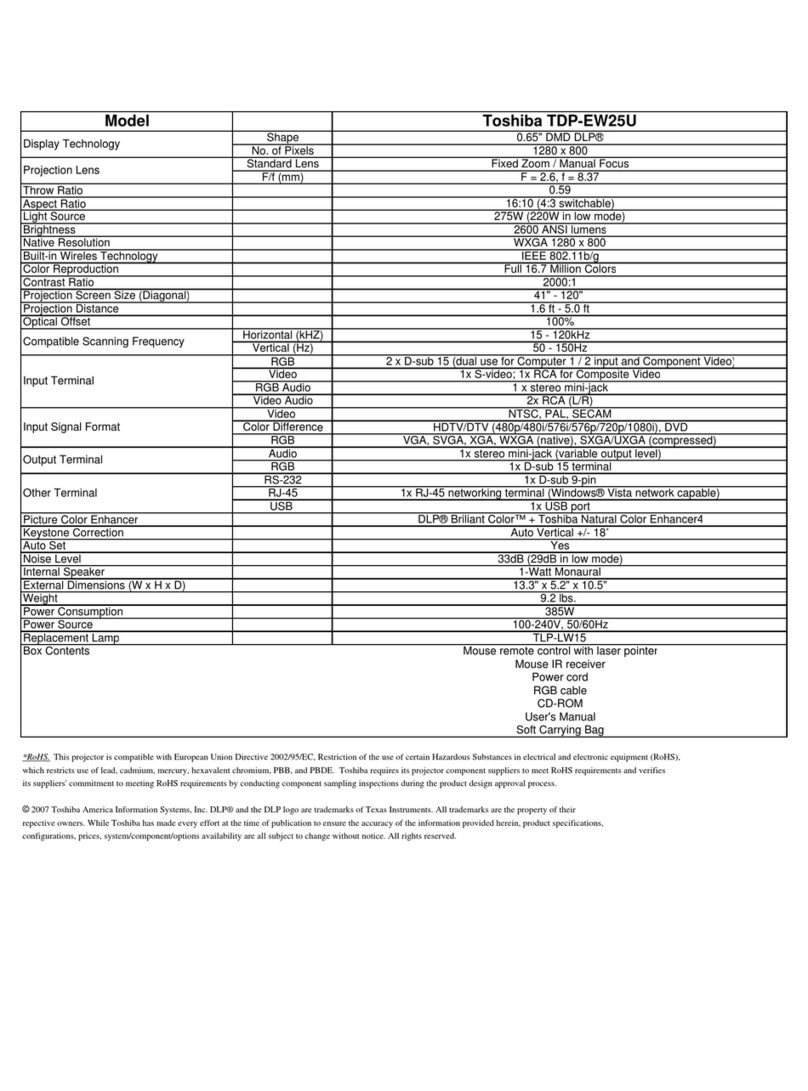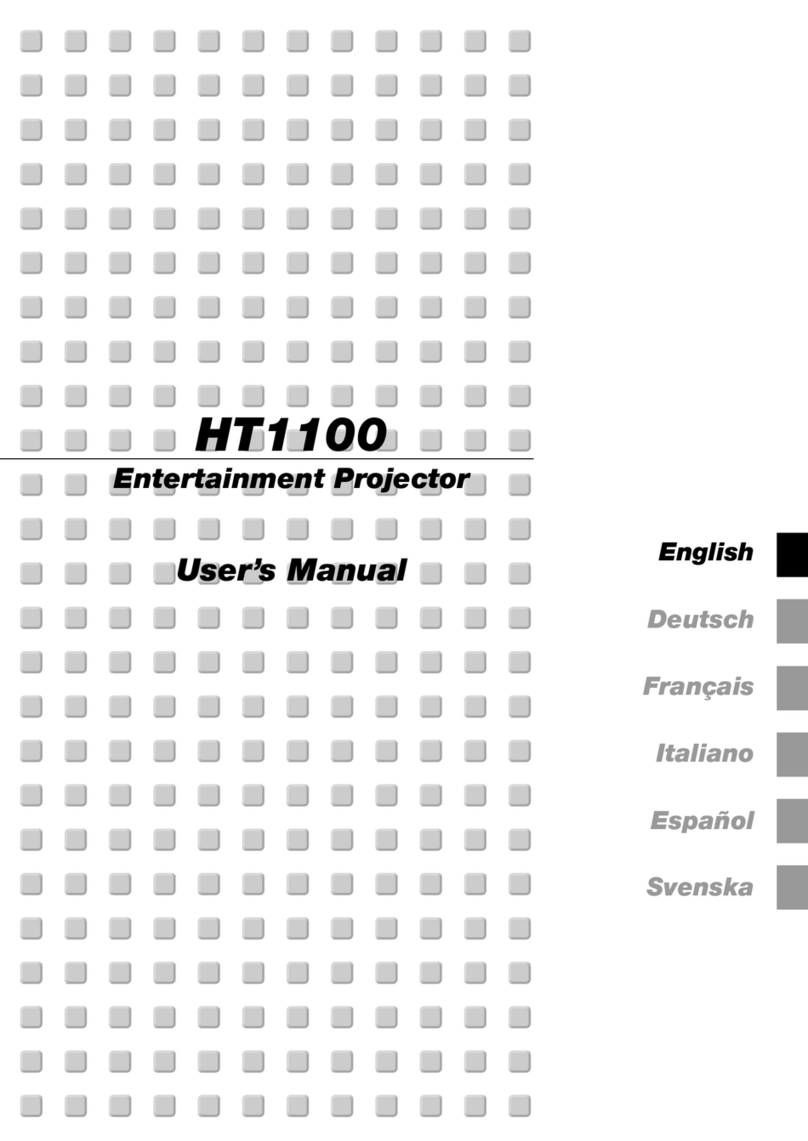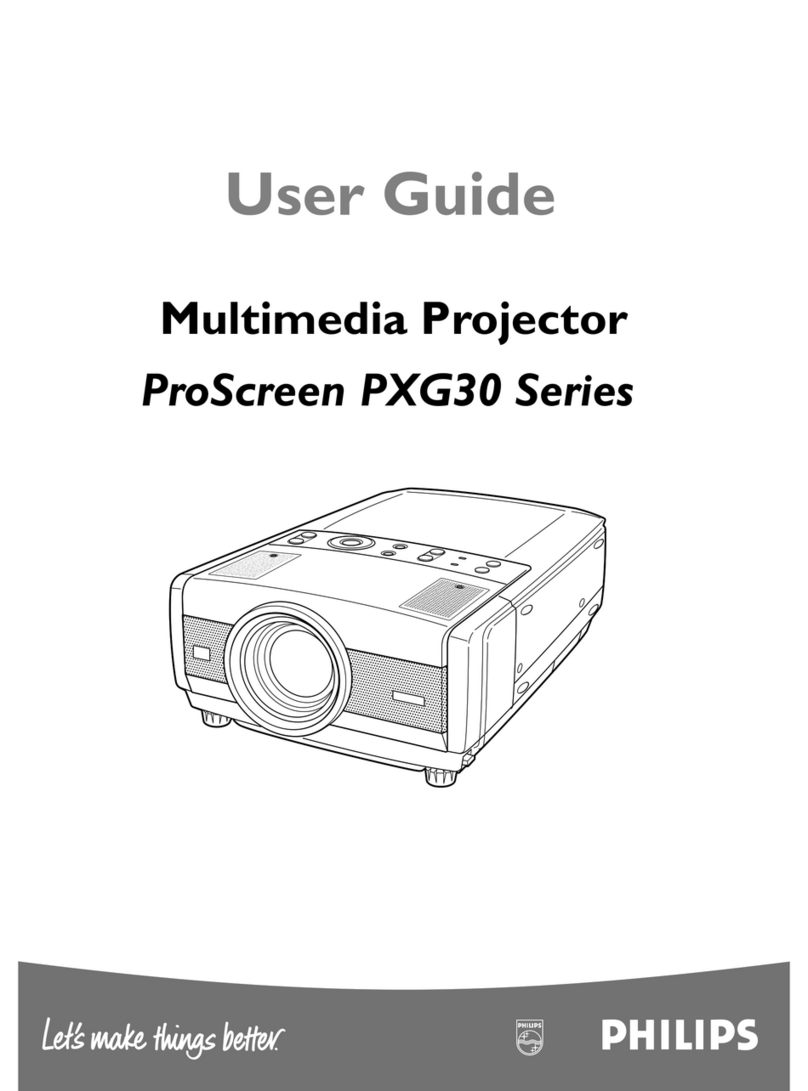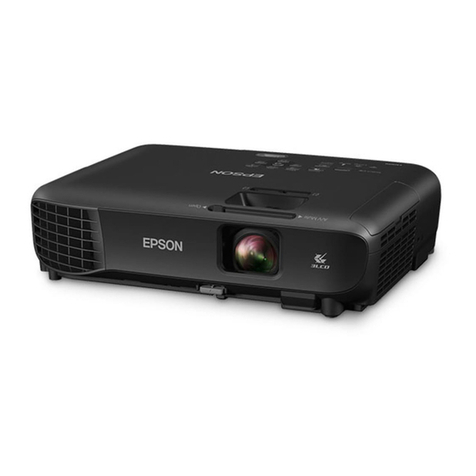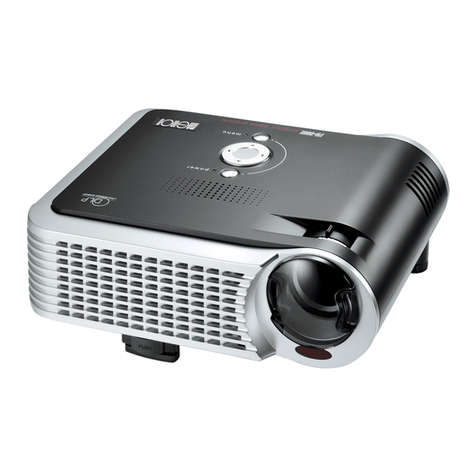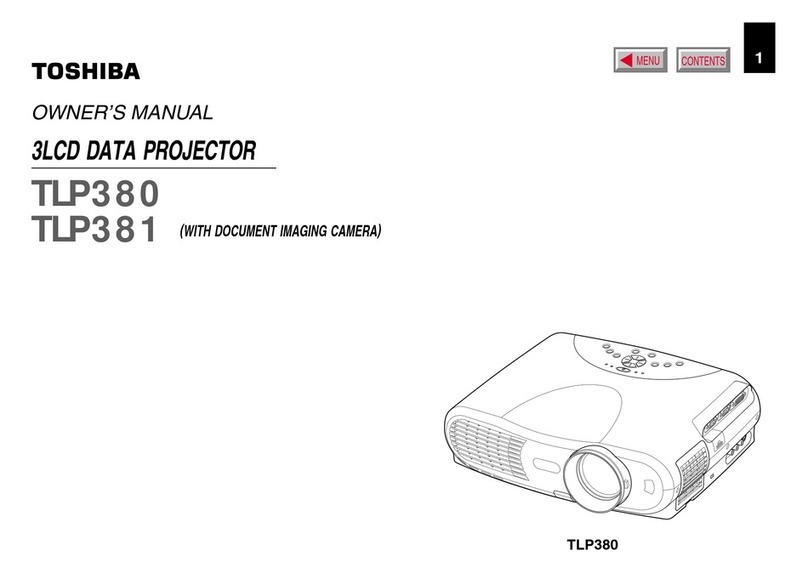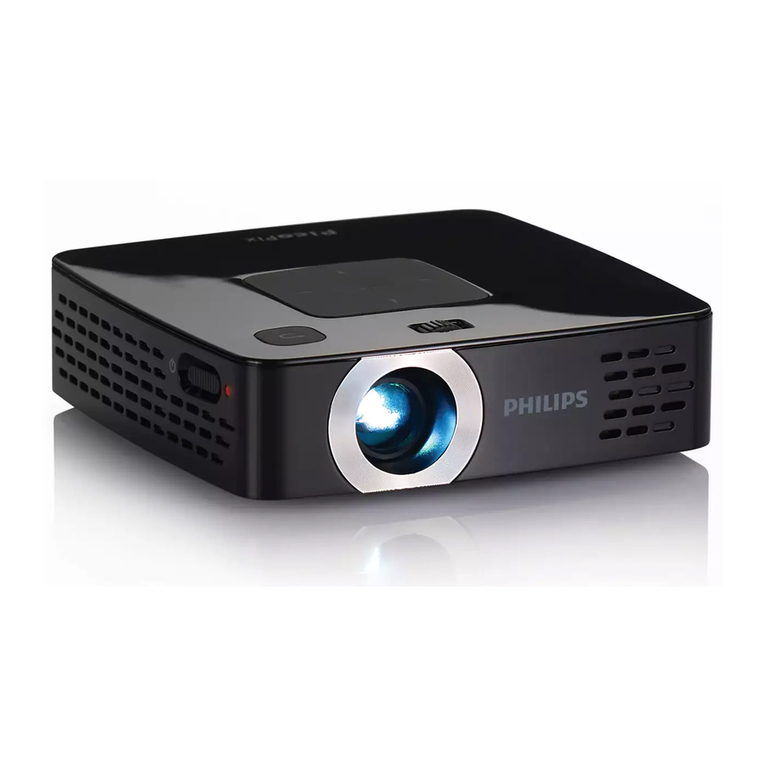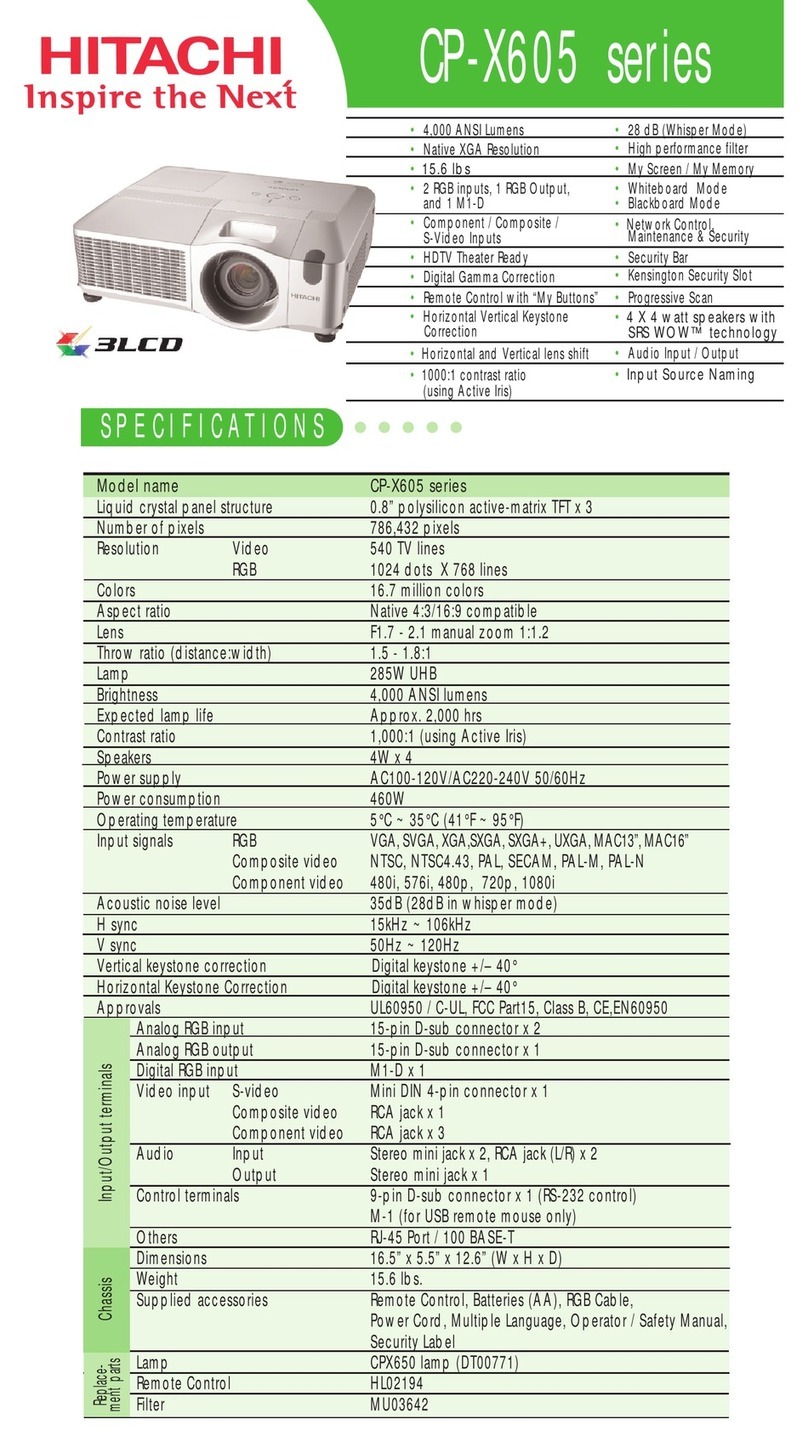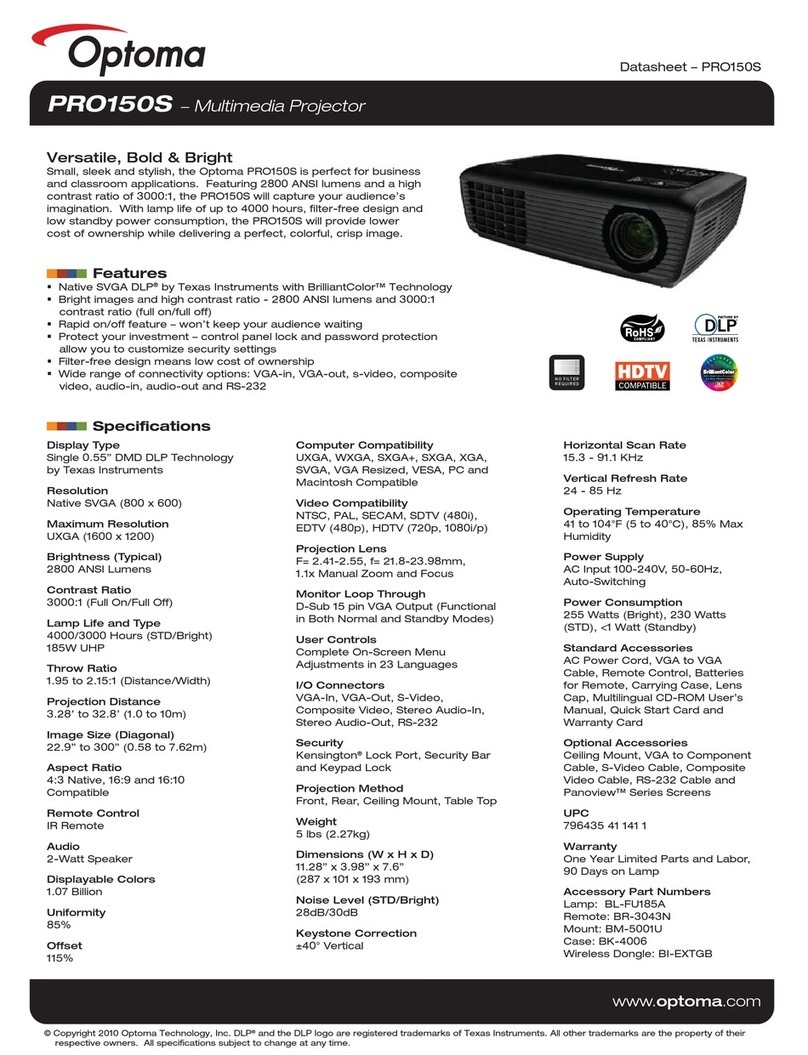
Table of contents
TABLE OF CONTENTS
1. Safety................................................................................................................. 3
1.1 Safety Instructions.................................................................................................................... 3
1.2 Extra safety instruction ............................................................................................................... 5
2. Spare parts .......................................................................................................... 7
2.1 Consumables ......................................................................................................................... 7
2.2 Lamps................................................................................................................................. 7
3. General information................................................................................................ 9
3.1 Servicing the SIM 7C................................................................................................................. 9
3.2 Conventions .......................................................................................................................... 9
3.3 General instructions .................................................................................................................. 9
3.3.1 Connector instructions ......................................................................................................... 9
3.3.2 Wires and cable ties ..........................................................................................................10
3.3.3 EMC shielding clamps........................................................................................................10
3.4 Tools ................................................................................................................................. 11
4. Covers...............................................................................................................13
4.1 Lens cover top .......................................................................................................................13
4.1.1 Removing the lens cover top .................................................................................................13
4.1.2 Installing the lens cover top. ..................................................................................................13
4.2 Lens cover bottom . . .................................................................................................................14
4.2.1 Removing the lens cover bottom............................................................................................. 14
4.2.2 Installing the lens cover bottom ..............................................................................................14
4.3 Top filter cover .......................................................................................................................15
4.3.1 Removing the top filter cover.................................................................................................15
4.3.2 Installing the top filter cover ..................................................................................................16
4.4 Side filter cover ......................................................................................................................17
4.4.1 Removing the side filter cover................................................................................................17
4.4.2 Installing the side filter cover .................................................................................................17
4.5 Lamp cover ..........................................................................................................................17
4.5.1 Removing the lamp cover ....................................................................................................17
4.5.2 Installing the lamp cover ......................................................................................................18
5. Projector software (firmware)...................................................................................21
5.1 Description of the software..........................................................................................................21
5.2 Projector software version...........................................................................................................21
5.3 Upgrading the projector software ................................................................................................... 22
6. Optical parts and servicing procedures.......................................................................25
6.1 Lamp.................................................................................................................................25
6.1.1 Description of the lamp .......................................................................................................25
6.1.2 Removing the lamp cover ....................................................................................................26
6.1.3 Removing the lamp door...................................................................................................... 26
6.1.4 Removing the lamp ...........................................................................................................27
6.1.5 Installing the lamp.............................................................................................................28
6.1.6 Installing the lamp door .......................................................................................................29
6.1.7 Reset the lamp runtime.......................................................................................................30
6.1.8 Installing the lamp cover ......................................................................................................31
7. Maintenance procedures.........................................................................................33
7.1 Maintenance: introduction. . .........................................................................................................33
7.2 Filter replacement ................................................................................................................... 33
7.2.1 Removing the side filter.......................................................................................................33
7.2.2 Mounting the side filter........................................................................................................35
7.2.3 Removing the top filter........................................................................................................36
7.2.4 Mounting the top filter.........................................................................................................37
7.3 Cleaning the projector lens..........................................................................................................37
7.4 Cleaning the optical path . . . ......................................................................................................... 37
Index......................................................................................................................39
R59770119 SIM 7C 28/05/2008 1
